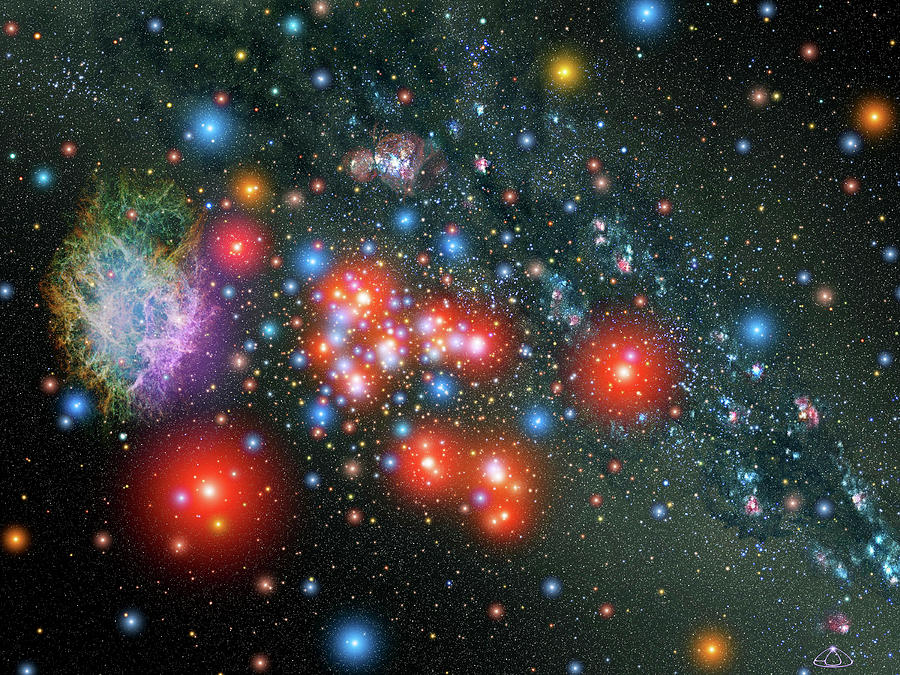


(Note: we don't have images of all the stars in the list, but have included them when there's an actual scientific observation showing the star or its region in space.) How they can exist is still something astronomers are figuring out. The properties of a prominent type of magnetic massive star, Ap- stars, are delved into. A star with a mass like the Sun, on the other hand, can. However, due to the very large quantitative uncertainties associated with this mass loss, present-day predictions for such massive-star evolution are seriously. Yet, there are stars at the top of the following list are beyond that limit. The most massive stars can burn out and explode in a supernova after only a few million years of fusion. Despite this rarity, they play a key role in. Interestingly, the theoretical limit to a star's mass is about 120 solar masses (that is, that's how massive they can become and still remain stable). Massive stars are very rare for each star of 20 solar masses there are some 100,000 stars of 1 solar mass. That distinction depends not only on mass, but at what stage of evolution the star is currently in. It is important to note that "most massive" doesn't necessarily mean the largest. Some are only a fraction of the Sun's mass, while others are equivalent to hundreds of Suns. Even a quick glance at the sky can tell you about stars: some look brighter than others, some may even seem to have a colorful hue.Īstronomers study stars' characteristics and work to calculate their masses to understand something about how they are born, live, and die. On the left is the star WR124, a massive star ejecting material out at speeds of 100,000 miles/hr. This role remains important in the present day, most especially for rare, high-mass stars, where binary systems continue to provide critical insights into star. On dark night you can see perhaps a few thousand, depending on the location where you do your viewing. Two very massive stars with very extreme mass loss episodes. There are trillions upon trillions of stars in the universe.


 0 kommentar(er)
0 kommentar(er)
